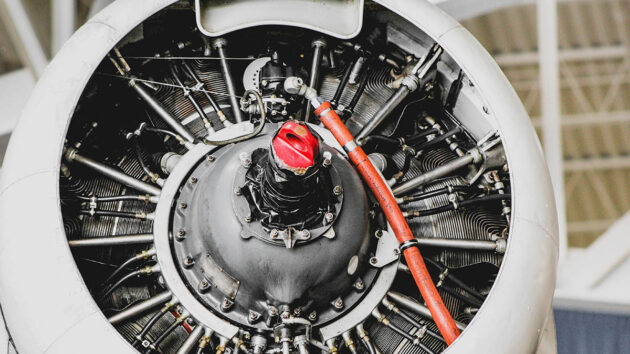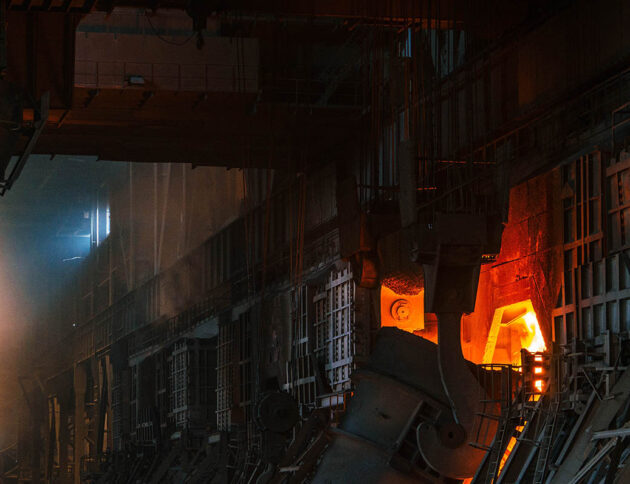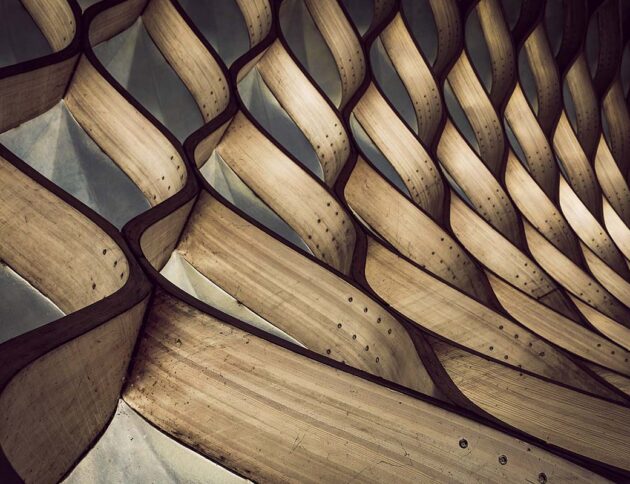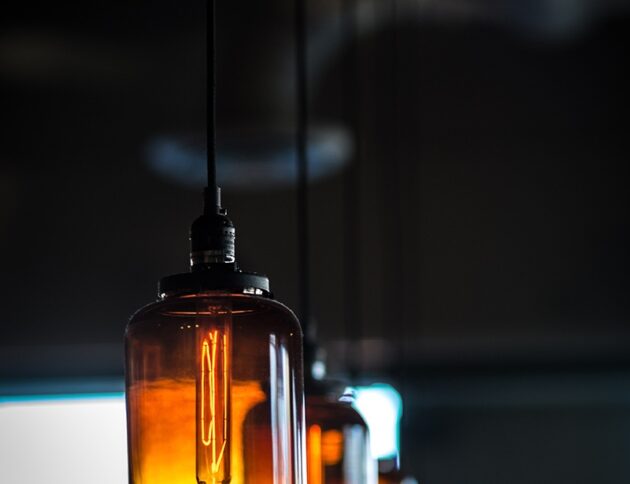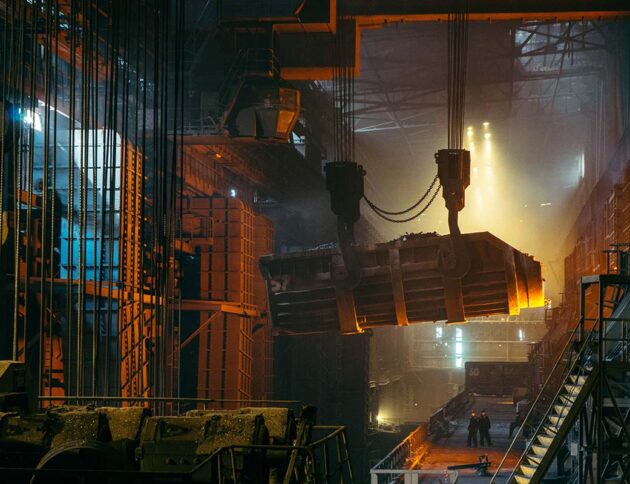Adams also came to understand how important it was that his carefully crafted photos were reproduced to best effect.
Design complexity simplifiedwith CNC machining technology How complex gears are engraved with extreme precision! Complex wooden designs, which are too intricate to understand! How man to achieve that was, was it mere manual work or advanced knowledge; was it a supernatural occurrence? An ordinary individual may ask these usual questions on coming across complex engineering designs. What is your thought? In the late 1970s, man invented a machine technology, which would allow complex designs to be made by machines automatically, with minimal manpower, and proper timing. This technology has indeed advanced significantly in the 21st century, thus making it possible to design and develop complex components, which would have proved a nightmare without current technology. Let us look with the intent on the actual Robotic machine technology. 1. Computer Numerical Control (CNC) Machining CNC machining is the use of a computer with a unique Computer software program composed of a numerical machine language, designed to control the movement of the machine components with extreme precision while performing a task. Especially applied on lathes, routers, mills and grinders. 2. How it works A CAD drawing of either two dimensions or three dimensions is created and a programming code that the CNC...
Louis J. Erickson co-founded the company with me in 2000. We each own 50% of the company. I am the Chief Executive Officer and he is the Chief Operations Officer. Louis and I have been best friends for over 30 years.
Offer what people want to buy, not just what you want to sell.
Strauss was chief engineer in charge of overall design and construction of the bridge project.However, because he had little understanding or experience with cable-suspension designs, responsibility for much of the engineering and architecture fell on other experts. Strauss's initial design proposal (two double cantilever spans linked by a central suspension segment) was unacceptable from a visual standpoint. The final graceful suspension design was conceived and championed by Leon Moisseiff, the engineer of the Manhattan Bridge in New York City. Irving Morrow, a relatively unknown residential architect, designed the overall shape of the bridge towers, the lighting scheme, and Art Deco elements, such as the tower decorations, streetlights, railing, and walkways. The famous International Orange color was originally used as a sealant for the bridge. The US Navy had wanted it to be painted with black and yellow stripes to ensure visibility by passing ships. Senior engineer Charles Alton Ellis, collaborating remotely with Moisseiff, was the principal engineer of the project. Moisseiff produced the basic structural design, introducing his "deflection theory" by which a thin, flexible roadway would flex in the wind, greatly reducing stress by transmitting forces via suspension cables to the bridge towers. Although the Golden Gate Bridge design...
Adams also came to understand how important it was that his carefully crafted photos were reproduced to best effect. At Bender’s invitation, he joined the prestigious Roxburghe Club, an association devoted to fine printing and high standards in book arts.

